EDITORIAL
Published on 31 Aug 2021
Editorial: Canine Hip and Elbow Dysplasia Improvement Programs Around the World: Success or Failure?
doi 10.3389/fvets.2021.713042
- 2,090 views
- 1 citation
19k
Total downloads
136k
Total views and downloads
EDITORIAL
Published on 31 Aug 2021
ORIGINAL RESEARCH
Published on 12 May 2021
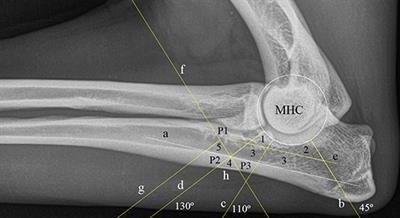
ORIGINAL RESEARCH
Published on 05 Mar 2021
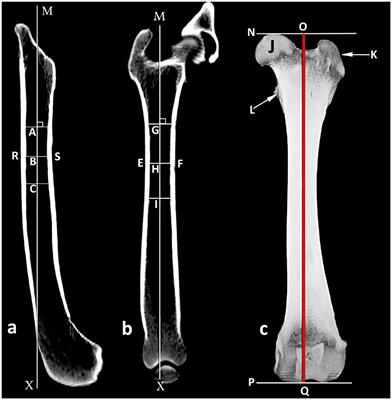
BRIEF RESEARCH REPORT
Published on 19 Aug 2020
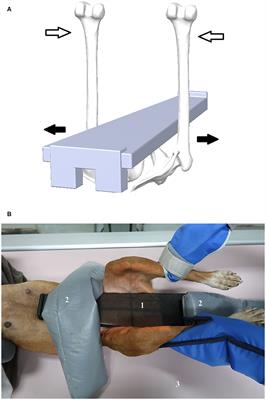
BRIEF RESEARCH REPORT
Published on 13 Aug 2020

ORIGINAL RESEARCH
Published on 11 Aug 2020
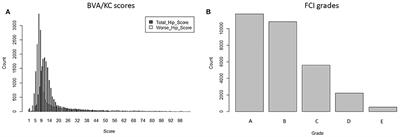
ORIGINAL RESEARCH
Published on 10 Jun 2020
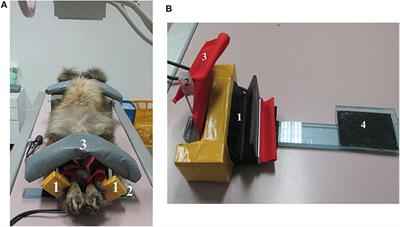
MINI REVIEW
Published on 27 May 2020

ORIGINAL RESEARCH
Published on 13 May 2020
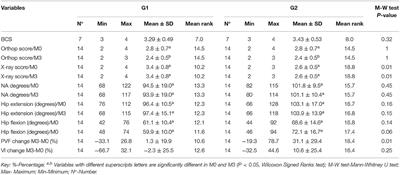
SYSTEMATIC REVIEW
Published on 28 Apr 2020
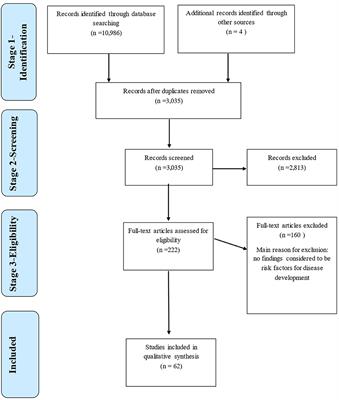
ORIGINAL RESEARCH
Published on 15 Jan 2020
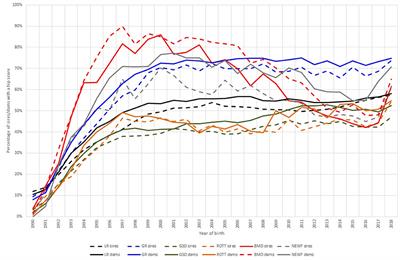
ORIGINAL RESEARCH
Published on 03 Dec 2019
